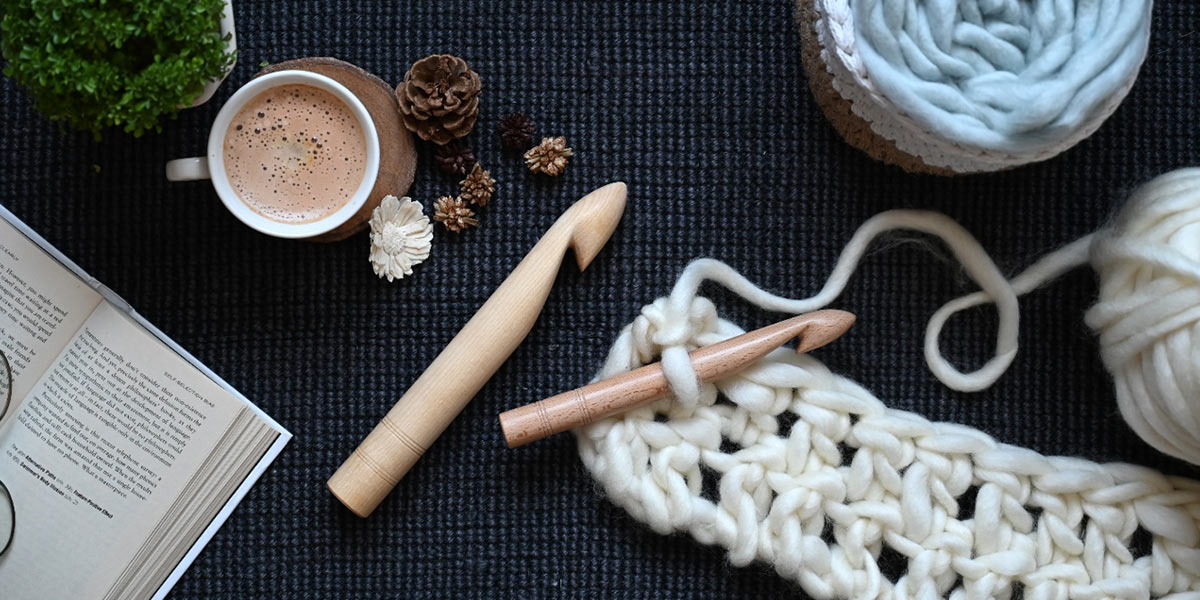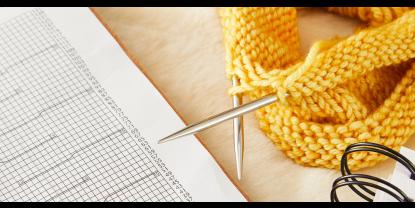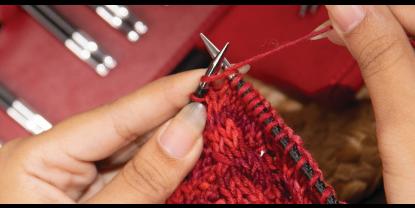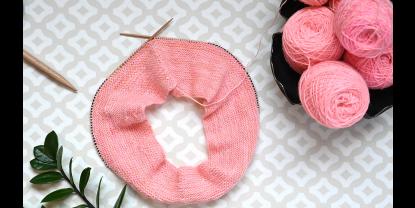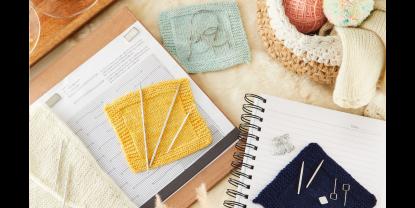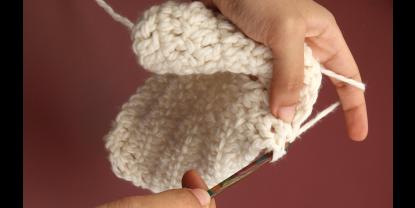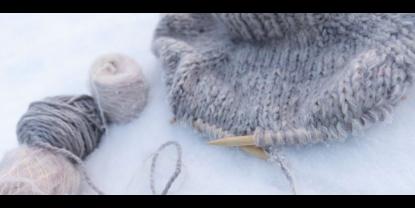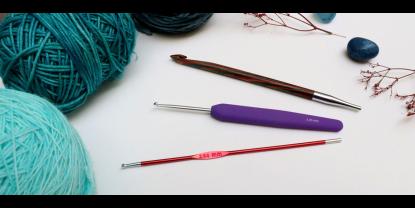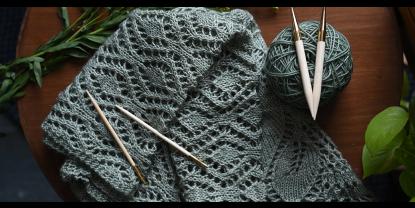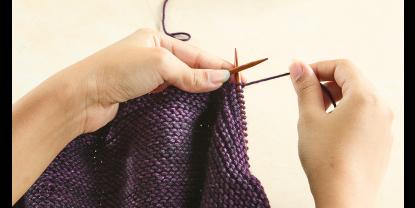A blanket made by your hands is a beautiful way to express your creativity. Crocheted blankets are as old as the craft itself. With just your crochet hooks, you can transform yarn into a cuddly fabric to snuggle on cold days, dress up your living room, show your personality, or gift someone your craftsmanship. But what if you could create a cozy blanket that is also something extraordinary? For example, something that combines your love for science, especially chemistry, such as a crochet periodic table blanket. If you are up for the challenge, let us guide you through this unique project.
Planning your Crocheted Periodic Table Blanket
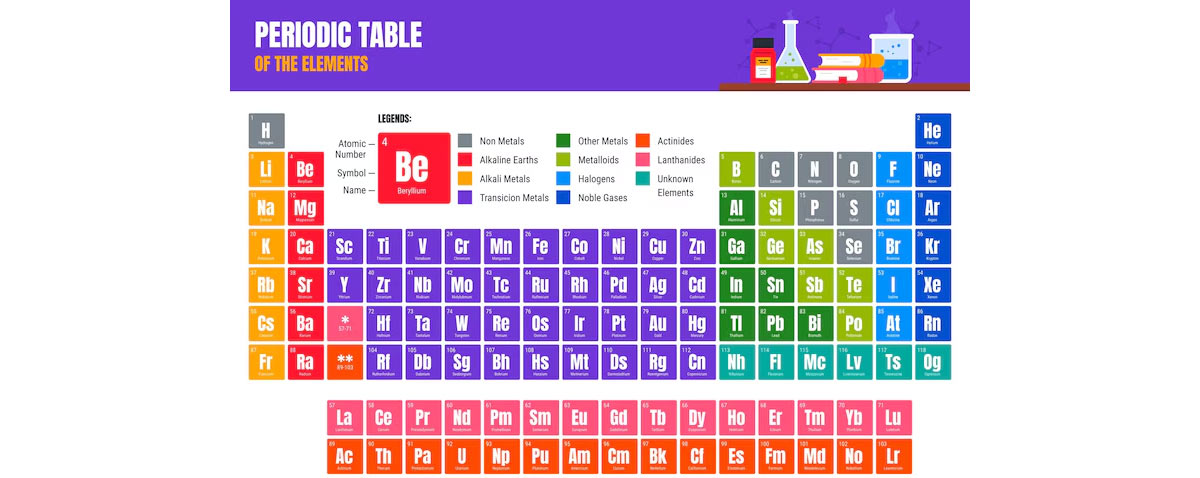
The foundation of the science of chemistry, the periodic table, is a visual representation of the elements that make up our world. Crocheting a periodic table blanket is a fantastic way to combine the love for science with crafting. First of all, let's understand that the crochet blanket project is laborious and time-consuming. But who can deny the challenge? And, best of all, the satisfaction of creating a masterpiece that will serve you and your loved ones well, especially kids who are starting out the subject of chemistry. You can start this crafting journey with yarn (many skeins of multiple colors) and single-ended crochet hooks, but planning your project is as important as working on it.
Here are a few steps that will assist you with your crochet blanket
Step 1 - Planning Periodic Table Elements and Representative Colors
The periodic table is a systematic arrangement of the 118 known chemical elements. These chemical elements are organized in order of increasing atomic number, atomic weight, symbol, density, and electronegativity. Now, if you are one to go by the book and would want the 118 elements in order, the crocheted blanket will be massive and undoubtedly time-consuming. But again, who doesn't love the challenge? You can also proceed with a particular group, period, or even just your favorite elements.
If you have decided to proceed with all the known elements, you must decide on the colors you'll use to represent them.
Step 2 – Select the Blanket Dimensions
Blankets come in various shapes and sizes. The periodic table is basically rectangular with empty spaces. You can choose a blanket size bigger than your bed, work with a standard king-size or queen-size, or customize a fit for your sofa. Make sure to calculate spaces for each particular element as well as empty spaces similar to the periodic table.
Step 3- Decide on the Yarn
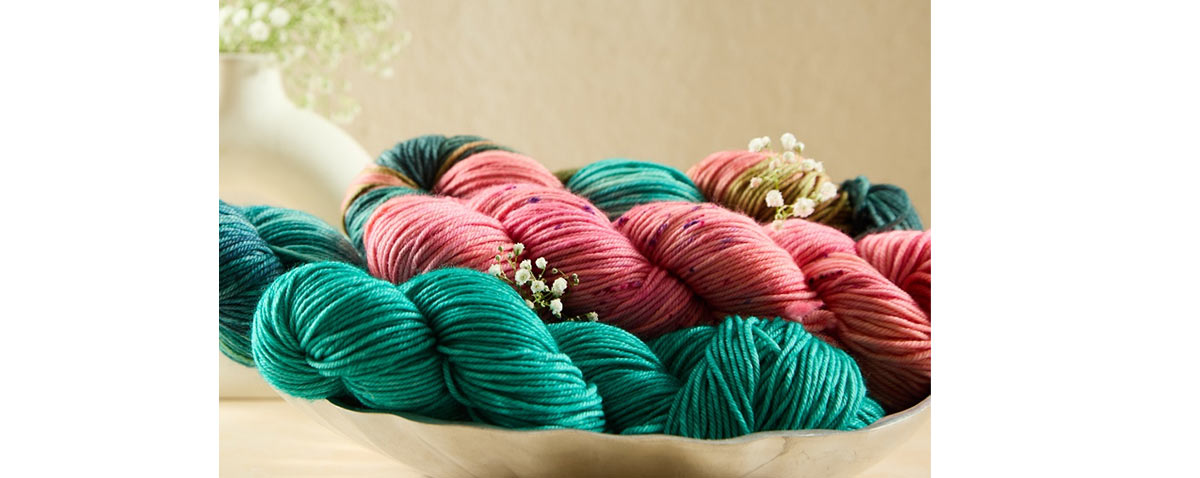
Yarn for your periodic table blanket needs to be chosen carefully. Two things to consider are the fiber, weight, and color. A medium-weight DK yarn or worsted weight is a good starting point for most crochet projects.
Make yarn color choices according to the elements' properties. For example, you could use shades of blue or green for non-metal elements, yellow for noble gases, and metallic colors (grey, gold or silver) for transition metals. A color-coding system based on element groups is the perfect way to add visual interest and enhance the educational value of the crochet project.
Step 4 – Choose the Crochet Hooks
Choosing the crochet hook is the next step. You can choose single-ended, double-ended hooks or even Tunisian crochet according to the crochet techniques. Regular crochet with single-ended hooks is the best option. Just make sure that the hook size matches the yarn weight.
Step 4 -Crochet Techniques for Your Periodic Table Blanket
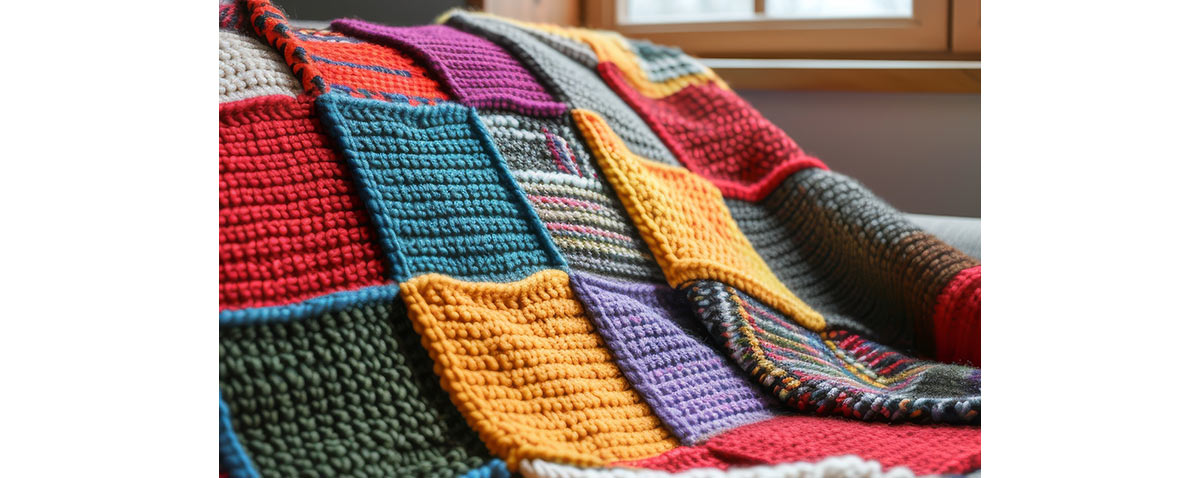
There are several crochet techniques you can employ to create your periodic table blanket. Explore the various types of colorwork techniques in crochet to work on the blanket.
1. Individual Element Squares Joined Blanket
Work the blanket in parts. Crochet each element as a separate square and then join them together. This method of working on the blanket provides flexibility in terms of color choice and design with different stitches and textures.
Work on crocheting the element squares in your free time and block by block you will complete the blanket. Once you’re finished with all the crocheted squares join them together using a simple crochet stitch. You can also add a border to finish the blanket.
2. Corner-to-Corner (C2C) Crochet Blanket
Corner-to-corner (C2C) crochet method involves working in diagonal rows, creating a grid-like pattern. This technique is perfect for creating a seamless blanket with clean lines.
Change colors at the beginning of each new diagonal row to represent different elements. You can use a color chart to plan your color placement.
3. Crochet a Blanket and use Duplicate Stitches
A simple yet planned method to crochet a periodic table blanket is to crochet the blanket in a plain white or cream background and work on the table with duplicate stitches. Use a yarn needle or a darning needle and with a contrasting shade of yarn add the details of the element including making boxes to divide the elements.
Tapestry crochet is another way to get the blanket done but needs advanced skills. Refer to our guide on tapestry crochet.
Tips for Crocheting Your Periodic Table Blanket
Create a detailed chart or diagram of your periodic table blanket, including element placement, colors, and stitch counts. This will help you visualize the final product and make adjustments as needed.
Organize your yarn efficiently to avoid tangles and color mixing. Consider using yarn bowls or containers to keep your workspace tidy.
Blocking your finished blanket can help to even out stitches, square up the edges, and enhance the overall look.
Creating a crochet periodic table blanket is a challenging yet rewarding project. Bring together creativity and craftsmanship. By carefully planning and executing your design, you can create a stunning piece of art with educational value that will be cherished for years to come.
Get to the fun in this challenge with KnitPro. Choose crochet hooks according to your skill levels, yarn and comfort. Ginger with its smooth birchwood is a handy tool for your project. Zing keeps you motivated with its vibrant shades. Oasis is an innovative tool that will help you with your project. Explore the wide range of crochet hook sets according to your crafting needs.


